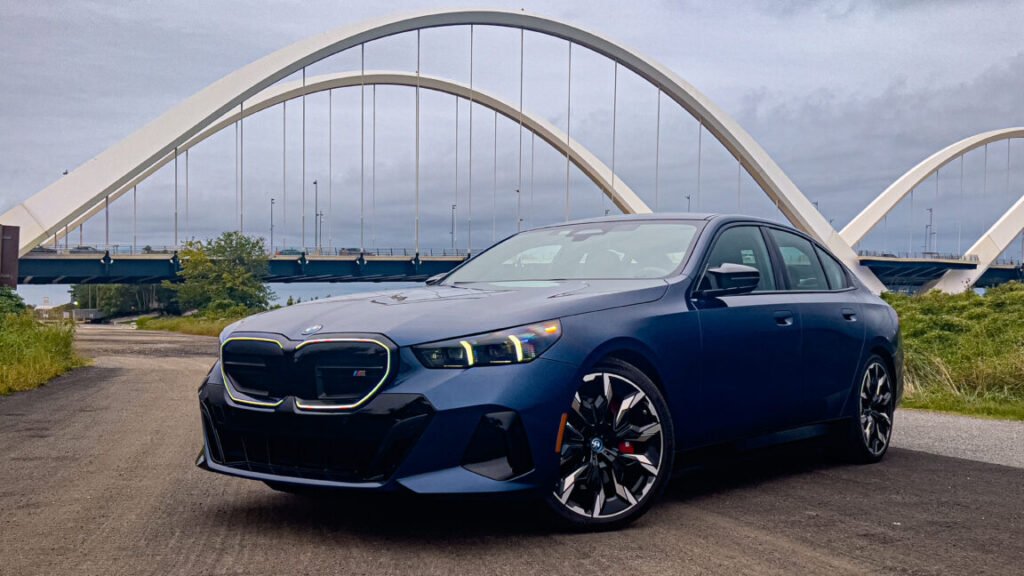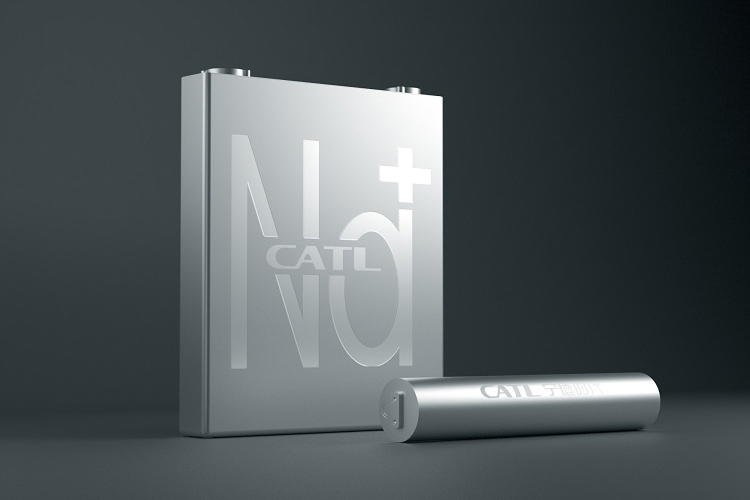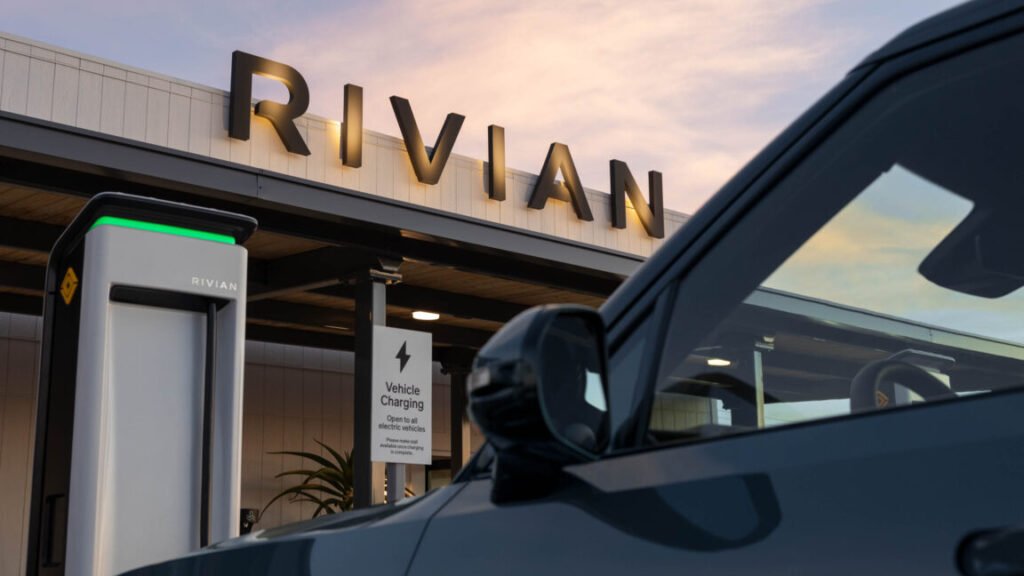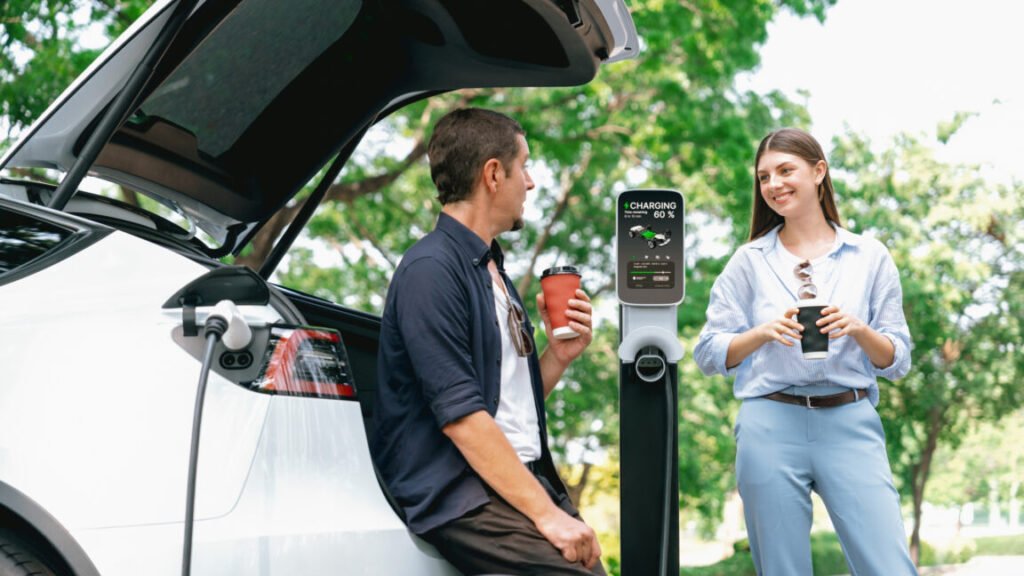From the tank, a high-pressure pump injects the fuel into a vaporizer, where it becomes a gas again and then heads to the engine to be burned. Unfortunately, the pump wasn’t so durable in 2023 and had to be replaced twice during the race, costing hours in the process.
For 2024, a revised pump was designed to last the full 24 hours, although during testing, it proved to be the source of a fuel leak, wasting the team’s time while the problem was isolated. Luckily, this was much less severe than when, in 2023, a gaseous hydrogen pipe leak in the engine bay led to a fire at a test.
Sadly, the new fuel pump had intermittent problems actually pumping fuel during the race, most likely due to sloshing in the tank. Later on, an ABS module failure sidelined the car in the garage for five hours, and while the team was able to take the checkered flag, it had completed fewer laps in 2024 than in 2023.
But 24-hour racing is really hard, and the race wasn’t a write-off for Toyota. It achieved its goal of 30-lap stints between refueling, and while the new pump wasn’t problem-free throughout the race (nor had to run for the entire 24 hours), it didn’t need to be replaced once, let alone twice.
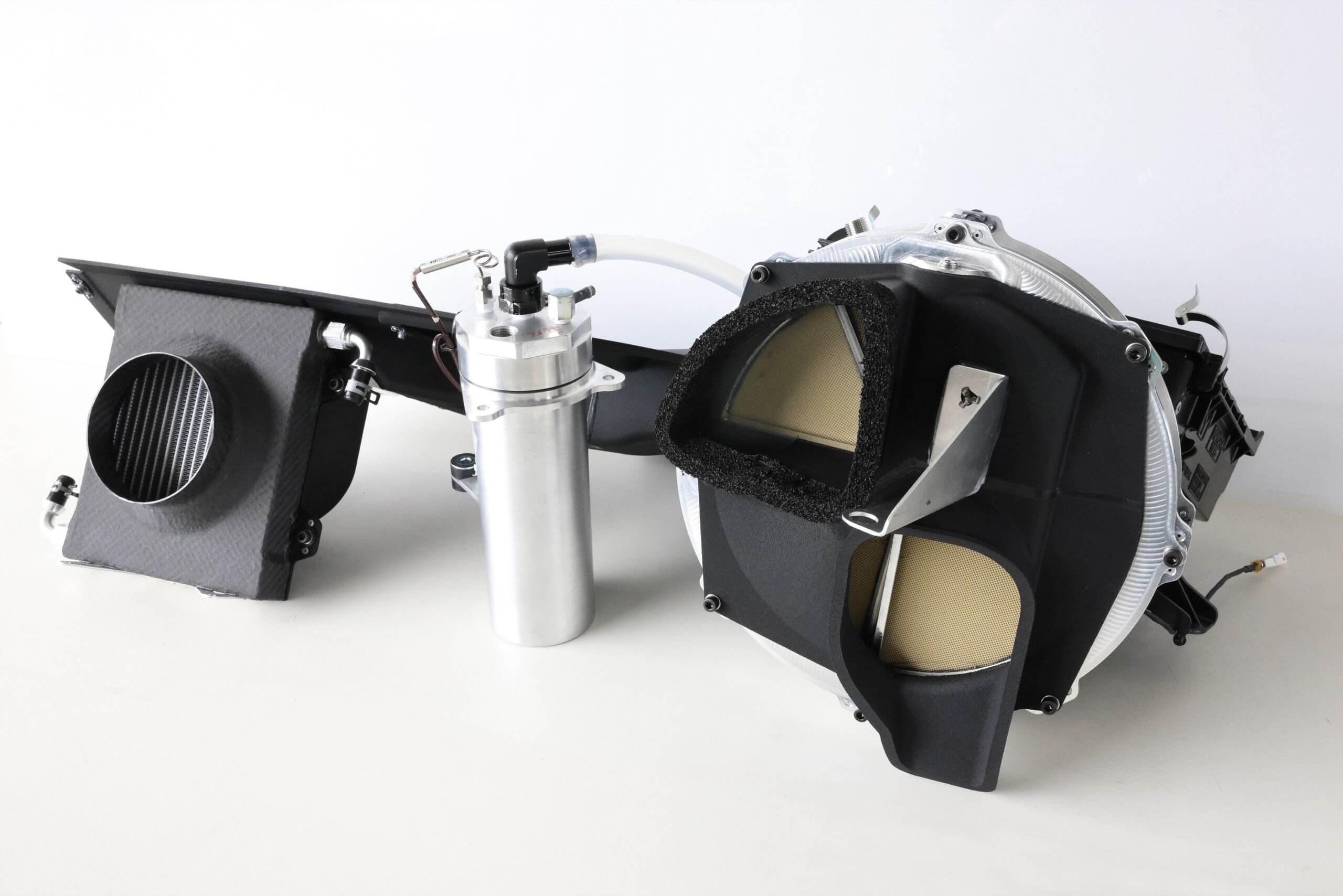
Credit:
Toyota
For 2024, there was an automated system to clean the CO2 filter.
Credit:
Toyota
I’m still scratching my head slightly about the carbon capture device that’s fitted to the car’s air filter. This adsorbs CO2 out of the air as the car drives, storing it in a small tank. It’s a nice gesture, I guess.
Since starting development of the hydrogen ICE engine, Toyota has found real gains in performance and efficiency, and the switch to liquid hydrogen has cut refueling times by 40 percent. All of those make it more viable as a carbon-free fuel, it says. But the chances of seeing production vehicles that get refueled with liquid hydrogen seem remote to me.
Even though Toyota still has optimism that one day it will be able to sell combustion cars that just emit water from their tailpipes, it’s pragmatic enough to know there needs to be some real-world payoff now beyond that the chairman likes racing and people like to keep him happy.
“Hydrogen engine development has really contributed to our deeper understanding of engine heat efficiency. It was a trigger that brought this technology” Toyota CTO Hiroki Nakajima told Automotive News at the debut of the automaker’s new 1.5 L and 2.0 L four-cylinder engines, which are designed to meet the European Union’s new Euro 7 emissions regulations, which go into effect in 2027.

